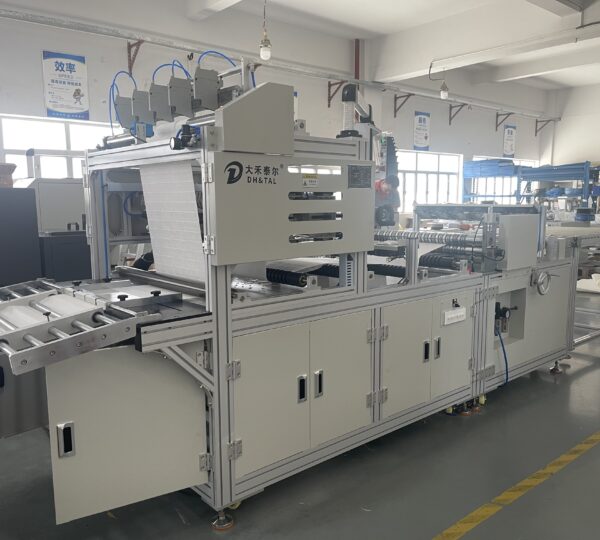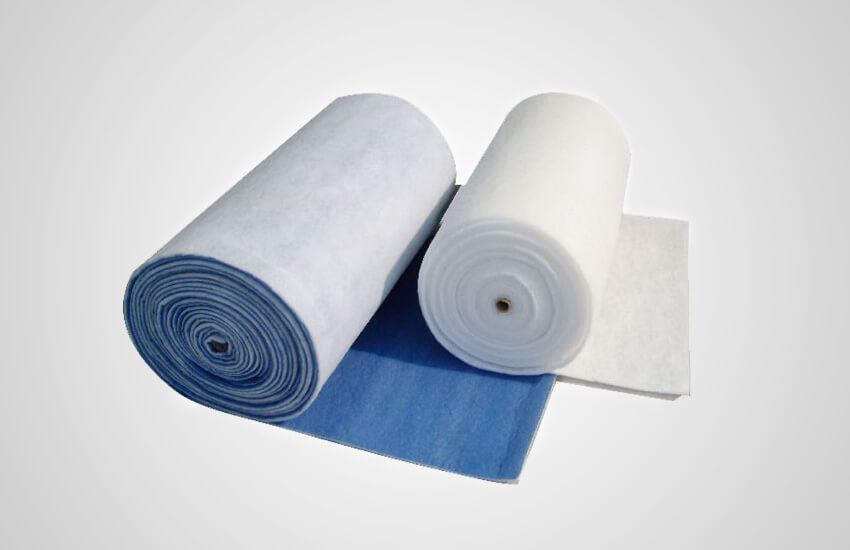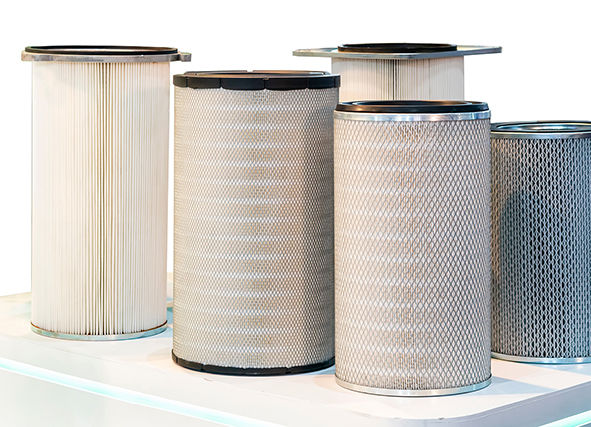Glue viscosity is critical in an automated glue injection line’s efficiency, accuracy, and overall performance. The relationship between glue viscosity and automated glue injection line performance is key to optimizing your production process. In this blog post, we will explore the impact of glue viscosity on the operation of a fully automatic glue injection production line. We will discuss how viscosity affects injection precision, cure time, and product quality and how to manage different viscosities to achieve consistent results.
Fully automatic glue injection production line: The Role of Glue Viscosity on Precision and Accuracy
Glue viscosity is one of the most critical factors affecting glue application accuracy in a fully automatic glue injection production line. Viscosity can significantly affect glue placement accuracy in industries where precision is vital. Too thick glue may not flow smoothly through the injection system, resulting in uneven or inaccurate placement. On the other hand, if the glue is too thin, it may flow too quickly, resulting in over-application or overflow, which can compromise the final product. For automated systems, maintaining optimal viscosity is critical to maintaining consistent performance. High-viscosity adhesives may require higher pressure settings or special equipment to ensure proper flow and injection. In contrast, low-viscosity adhesives may require more precise flow control to prevent over-application.
Effect of Glue Viscosity on Curing Time
Curing time is another key factor in fully automatic glue injection production lines affected by glue viscosity. The viscosity of a glue affects its flow rate and ability to bond effectively, which affects how quickly the adhesive cures after it is applied. Thicker glues typically take longer to cure because they flow more slowly and do not set as soon. This slower curing process delays production time, which can be costly for high-volume manufacturers.
In contrast, low-viscosity adhesives tend to cure faster but can sometimes result in a weak bond if they do not fully bond to the substrate. Manufacturers must select the proper glue viscosity for a specific line and product type to optimize the curing time for a given application. This may involve testing different glue viscosities to find the most practical combination of curing time and bond strength to ensure optimal efficiency.
Fully automatic glue injection production line: How glue viscosity affects material compatibility
Different materials require different types of adhesives with specific viscosities to bond effectively. Glues with the proper viscosity ensure a strong and reliable bond while minimizing the risk of defects such as bubbles or weak adhesion areas. Fully automated glue dispensing lines must be flexible enough to handle these varying adhesive viscosities to maintain compatibility with a wide range of materials.
When the glue’s viscosity does not match the material being bonded, it can lead to problems such as incomplete bonding, uneven distribution, or improper curing. For example, thick glue may have difficulty properly filling small gaps or bonding to complex shapes, while thin glue may not provide adequate coverage. In some cases, it may be necessary to change the glue’s viscosity depending on the material type and the desired end product.
Impact of Glue Viscosity on Cycle Time and Output
Cycle time and output are critical aspects of any production process. The viscosity of the glue directly affects how quickly the glue is applied during the injection process. High-viscosity glue may slow down the line because it requires more time and pressure to inject into the mold or workpiece. Conversely, low-viscosity glue may flow too quickly, necessitating additional control mechanisms to avoid over-application or waste. Optimizing glue viscosity is critical to maintaining efficient cycle times and maximizing production output for industries that rely on high production volumes. Fully automated glue injection lines equipped with advanced flow control and pressure regulation systems can help mitigate the effects of viscosity variations.
Control glue viscosity for cost efficiency
Glue viscosity can impact production costs in several ways. For example, high-viscosity glues may require more energy to inject because they require higher pressure or a more powerful injection pump. This can increase the operating costs of a fully automated glue injection line, especially in large-scale production. In addition, thicker glues may result in more material waste because they may be more difficult to control and apply accurately.
On the other hand, low-viscosity glues may help reduce operating costs in some cases because they are easier to inject and require less energy to flow through the injection system. However, if not carefully controlled, they can lead to over-application and product defects, which can also increase costs due to rework or product loss.
The Importance of Glue Viscosity Management
It affects everything from precision and accuracy to cure, material compatibility, and cycle time. To optimize production, manufacturers must carefully manage the viscosity of their adhesives, selecting the appropriate viscosity based on the material, product type, and production goals. Proper viscosity control helps reduce waste, improve product quality, and increase production efficiency, resulting in a more cost-effective manufacturing process.





